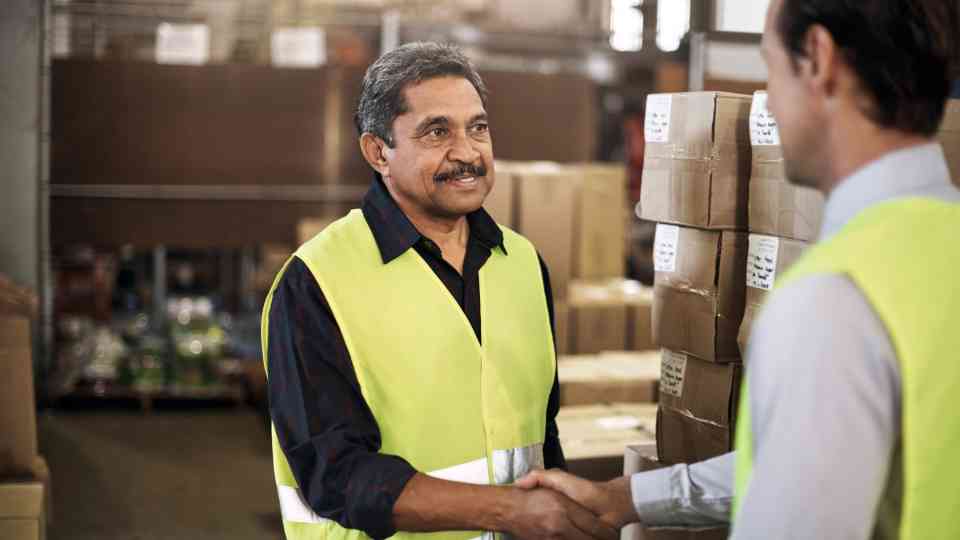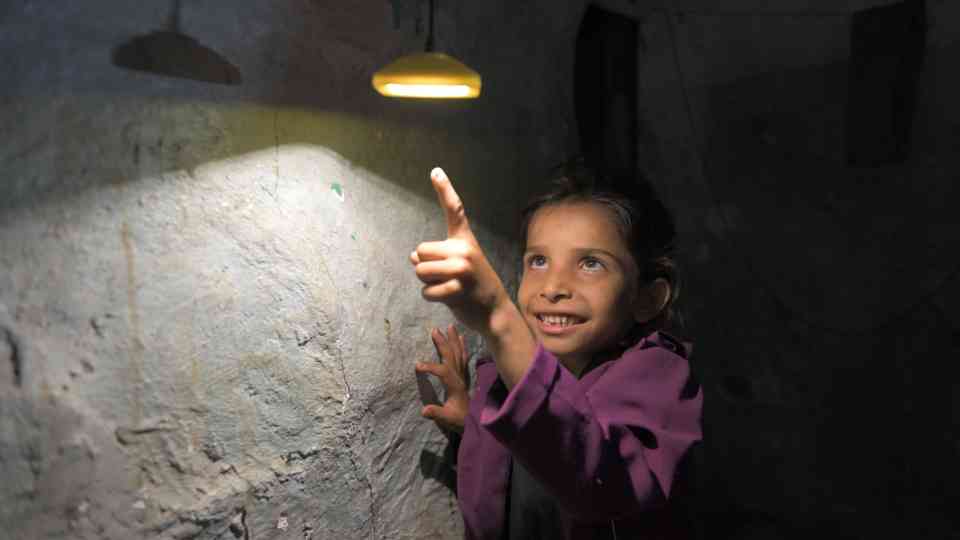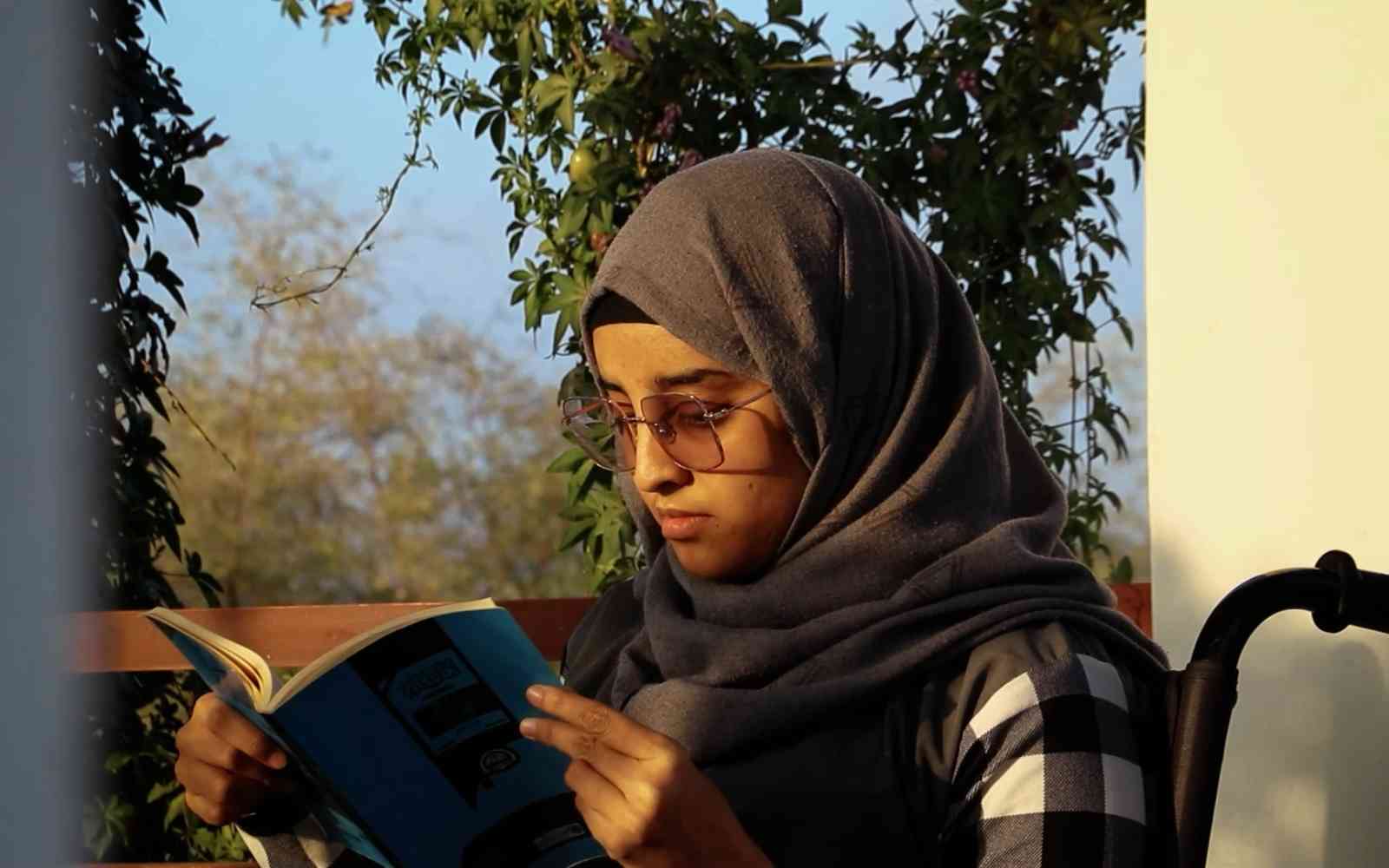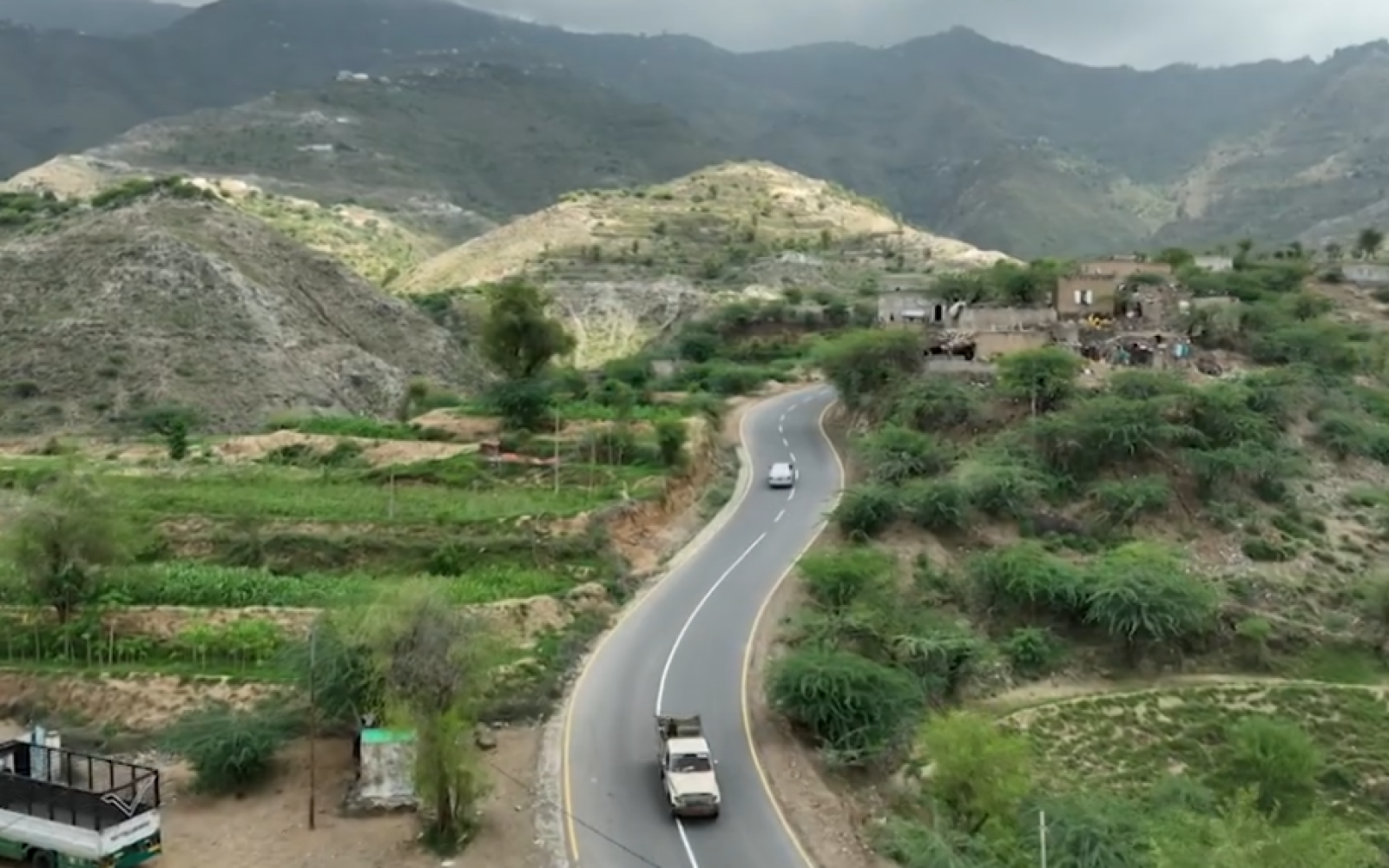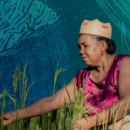The United Nations Office for Project Services (UNOPS)

 Yemen
Yemen
World Bank
KfW Development Bank
Government of Japan
UN Office for the Coordination of Humanitarian Affairs
Office of the Special Envoy of the Secretary-General for Yemen
World Health Organization
European Civil Protection and Humanitarian Aid Operations
The protracted conflict in Yemen has ravaged the country’s infrastructure, crippled its economy and has led to a catastrophic humanitarian crisis. Millions face hunger, disease and displacement, and communities have been left with limited access to basic necessities like water, energy and healthcare.
In response to the ongoing crisis, UNOPS is working to restore access to essential services across the country. Our work focuses on large-scale infrastructure projects spanning multiple sectors, including health, electricity, water and sanitation, education, transport, and solid waste management.
Through our work, we support the UN Humanitarian Response Plan and we provide operational support to the UN-led peace process in the country. Additionally, UNOPS facilitates the unimpeded free-flow of commercial items through the UN Verification and Inspection Mechanism for Yemen (UNVIM).
